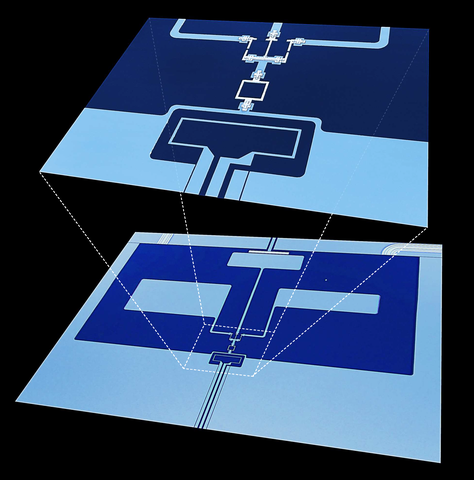
Quantum computers could be made with fewer overall components, thanks to technology inspired by Schrödinger’s cat. A team of researchers from Amazon Web Services has used “bosonic cat qubits,” to improve the ability of quantum computers to correct errors. The demonstration of quantum error correction requiring reduced hardware overheads is reported in a paper published in Nature.
The system uses so-called cat qubits (qubits are the quantum equivalent to classical computing bits), which are designed to be resistant against certain types of noise and errors that might disrupt the output of quantum systems. This approach requires fewer overall components to achieve quantum error correction than other designs.
Quantum computers are prone to errors, ...
Read More





/prod01/channel_3/media/tcd/news-images/fly-d-OLRXnzXFBjo-unsplash-2.jpg)



Recent Comments